Have you ever dreamed of being financially free? Ever wanted to travel the world and make all your money through your laptop? If so, starting an ecommerce business might be right for you.
Online shopping is becoming increasingly popular, filling the ecommerce industry with countless opportunities for merchants to provide value and make money. An excellent way for aspiring ecommerce entrepreneurs to dip their toes is to start by dropshipping, then buy wholesale.
Watch this short clip from our new podcast, where we talk about dropshipping.
This dropship-to-wholesale method is a low-risk way to start an ecommerce store that can potentially snowball into an ecommerce empire. With this method, you can start selling without holding any inventory initially. In other words, you can validate your idea before scaling your ecommerce business to the moon.
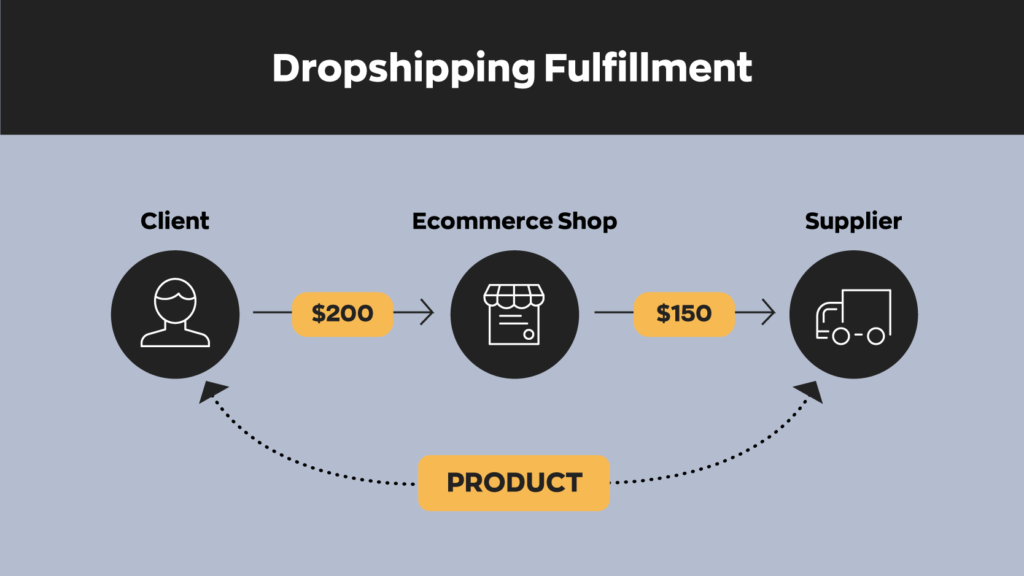
There is no question that this is a brilliant way to start an ecommerce business, especially with a small budget.
In this blog post, we will walk you through the step-by-step process of starting your own ecommerce business using the Dropship-to-Wholesale system.
What is the dropship-to-wholesale system?
You can use the dropship-to-wholesale system if you want to start a long-term, sustainable ecommerce business but don’t have much in the way of start-up capital. This method involves starting with dropshipping, where the supplier ships the product directly to the customer, and then transitioning to wholesale when you’ve found products that sell well.
The good thing about starting with the dropshipping model is that it is low-risk since it doesn’t require much start-up capital. This is all possible with dropshipping because you don’t have to do the following:
- Invest in inventory upfront
- Store the products
- Ship out the products yourself.
Instead, your dropshipping supplier will enable you to buy products from them as and when you get a sale, for them to ship out the product directly to your customer.
The downside of dropshipping (and the reason why it is not sustainable in the long run) is that you will have less control over the quality of your products and the shipping process. And that is why you should, eventually, buy wholesale after you validate your product with dropshipping.
If you buy wholesale, you will have a lot of advantages. For example, you can…
- Have more control over your inventory by storing it yourself.
- Increase your profits with bulk discounts
- Offer faster shipping times
- Brand your products and packaging
However, the drawback of buying wholesale is that you must invest in inventory upfront. You will also have to store, pack, and ship the products yourself. With a high initial investment and effort, it’s best to only go into wholesale after you validate a product through dropshipping.
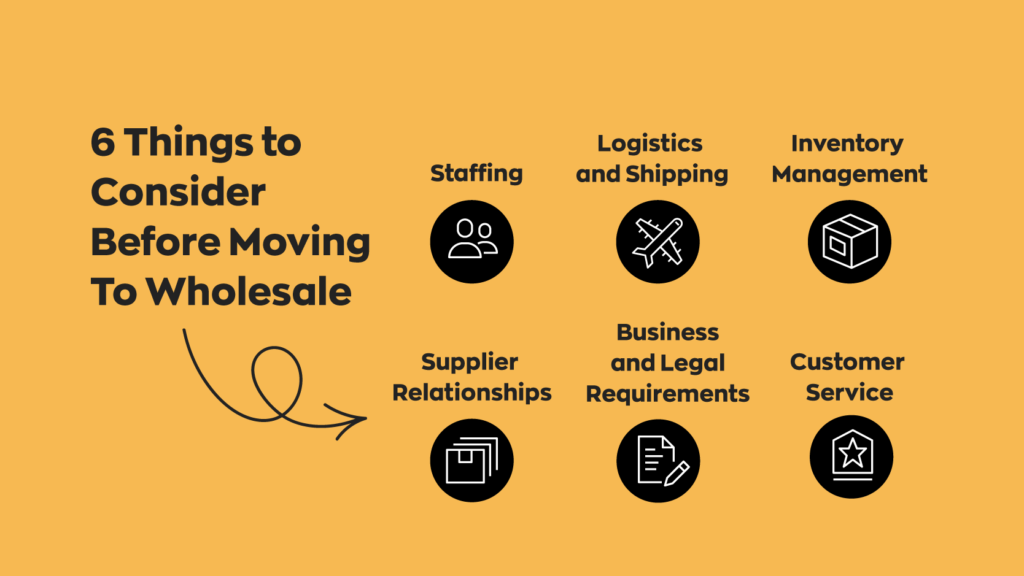
So you finally have a bird’s eye view of the Dropship-to-Wholesale system. Are you ready to start your ecommerce business with it? If you are, let’s dive into the exact steps and details to use the Droship-to-Wholesale system.
Finding a profitable dropship product to sell
The first step in the Dropship-to-Wholesale system is to find a product dropship product to sell. When looking for a dropship product to sell, you must consider the following criteria to ensure it is profitable and feasible to sell:
- High-profit margins
- Low competition
- Good ratings and reviews
- Large potential market
- Innate ‘wow’ factor in product
- Available reliable suppliers
To find products that meet these criteria, you can use several tools. SaleHoo Labs, for example, allows you to research product demand, competition, and profitability, which makes it easy to find profitable products to sell with ease. You can filter products by their niche, sell rate, competition, and average price, which makes it easy to find products that meet your criteria.
Another way to find profitable dropship products is to use social media, for example:
- TikTok – use hashtags like #tiktokmademebuyit #amazonfinds to find trending products
- Pinterest – search with relevant keywords related to the niche you are interested in to get product inspirations
- YouTube – subscribe to dropshipping YouTube channels as they often publish dropshipping product idea videos
- Instagram – Follow influencers in your niche to identify the latest trends and products the promote
Once you have found a profitable dropship product to sell with the criteria and tools shared earlier, you can now move on to the next step, which is testing your product idea.
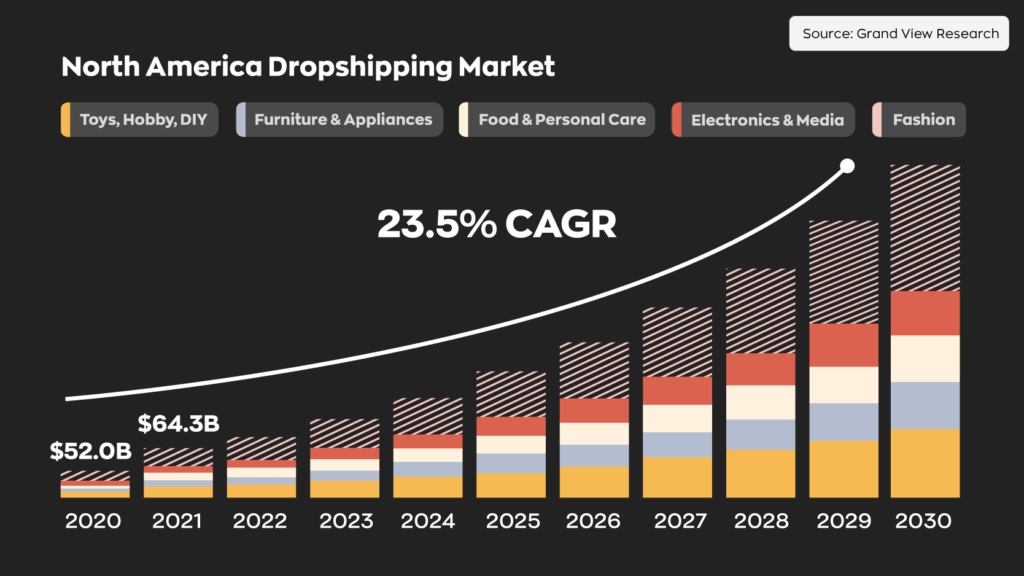
Testing products with dropshipping
To test your product idea, you will be dropshipping it. Before you can get started dropshipping, you will need to ensure that you prepare the following:
- Website – we recommend using Shopify to build one (We even built an integration with them!)
- Domain name – you can buy a domain from Shopify or other sites like Namecheap
- Payment gateway – use PayPal or Shopify payments to accept payments in your store
- Reliable dropshipping supplier – you can install SaleHoo Dropship to your store to integrate dropship products of prevetted suppliers.
After you have built your store and populated it with the products you plan to sell, it is time to test the dropshipping product in the market and see how people react to your offerings.
To do this, you will need to promote your product. You can use social media channels like Facebook, Instagram, TikTok, or other social media. You can use social media channels like Facebook, Instagram, TikTok, or other social media.
Alternatively, you can advertise your product on search engines like Google and Bing. Advertising is a popular option to specifically reach and target a store’s desired audience based on location, interest, demographic, and more.
But if you are on a tight budget, you can stick with organic methods to promote your product by relying on organic traffic on channels like TikTok and YouTube.
Scaling your store with wholesale
Once you’ve validated your product idea with successful dropshipping sales, it’s time to scale your store. A great way to do this is by transitioning to wholesale.
To transition to wholesale, you’ll want to start by finding wholesale suppliers. You can do so by scouring the internet for suppliers and verifying that each one is reliable. Or you could use supplier directories to find prevetted suppliers listed all in one place.
Wherever you find your supplier, you will need to consider a few things to see if they are the right fit for your business:
- MOQ – Take into consideration the minimum order quantities (MOQs) of suppliers to figure out if the price is competitive, reasonable, and something you can afford
- Reviews – Search for reviews online to check on the reliability of the supplier and other people’s experience working with them
- Private labeling – If you want to brand your product, you should check if the supplier can put your brand on the products you will be buying in bulk
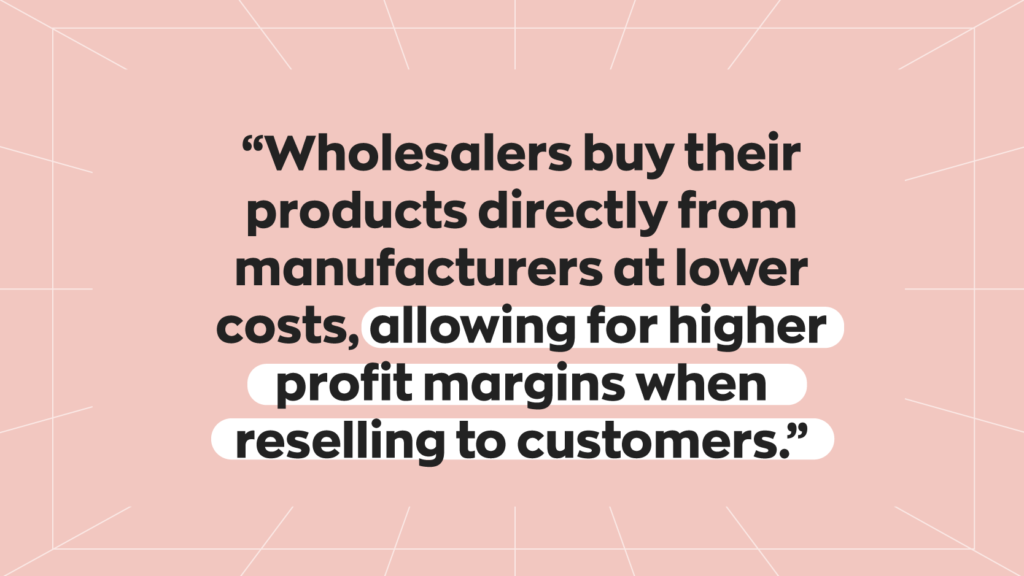
Once you have decided on a supplier and purchased the wholesale products, you can start selling those products at a lower price than you would have done dropshipping!
Wholesale software to make things easy
Switching over from dropshipping to selling wholesale can provide a lot more earning potential, but many more challenges come with it.
Luckily wholesale software like inFlow can help! With inFlow wholesalers can create purchase and sales orders, track inventory levels, set reorder points, and a ton more. We even built inFlow Online Showroom, a B2B portal where your customers can buy directly from you!
With inFlow your orders are connected straight to your inventory, making it easy to manage your inventory levels across multiple sales channels such as retail, ecommerce, and wholesale. This makes it simple for you to juggle multiple sales channels and prevent you from overselling


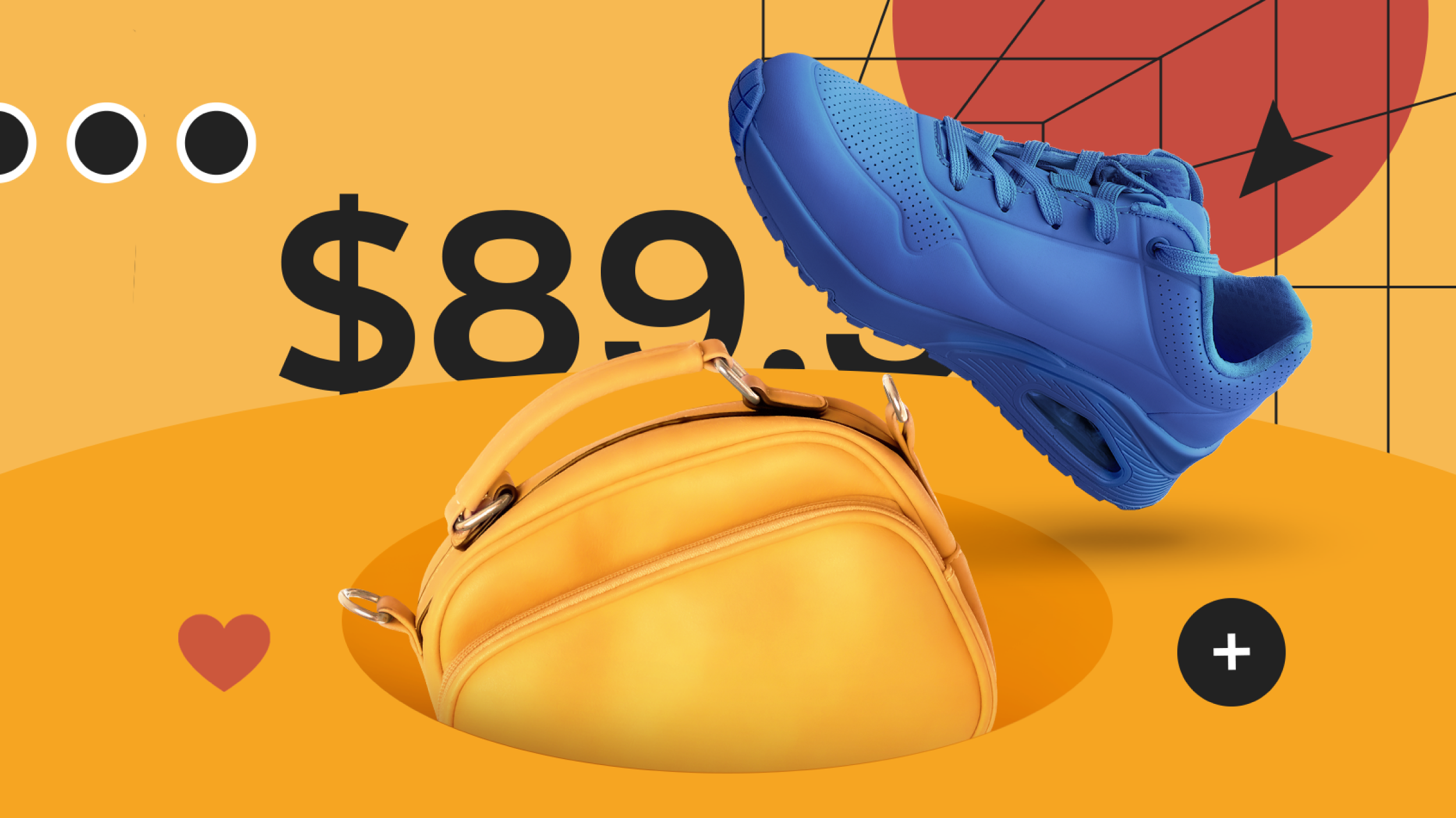
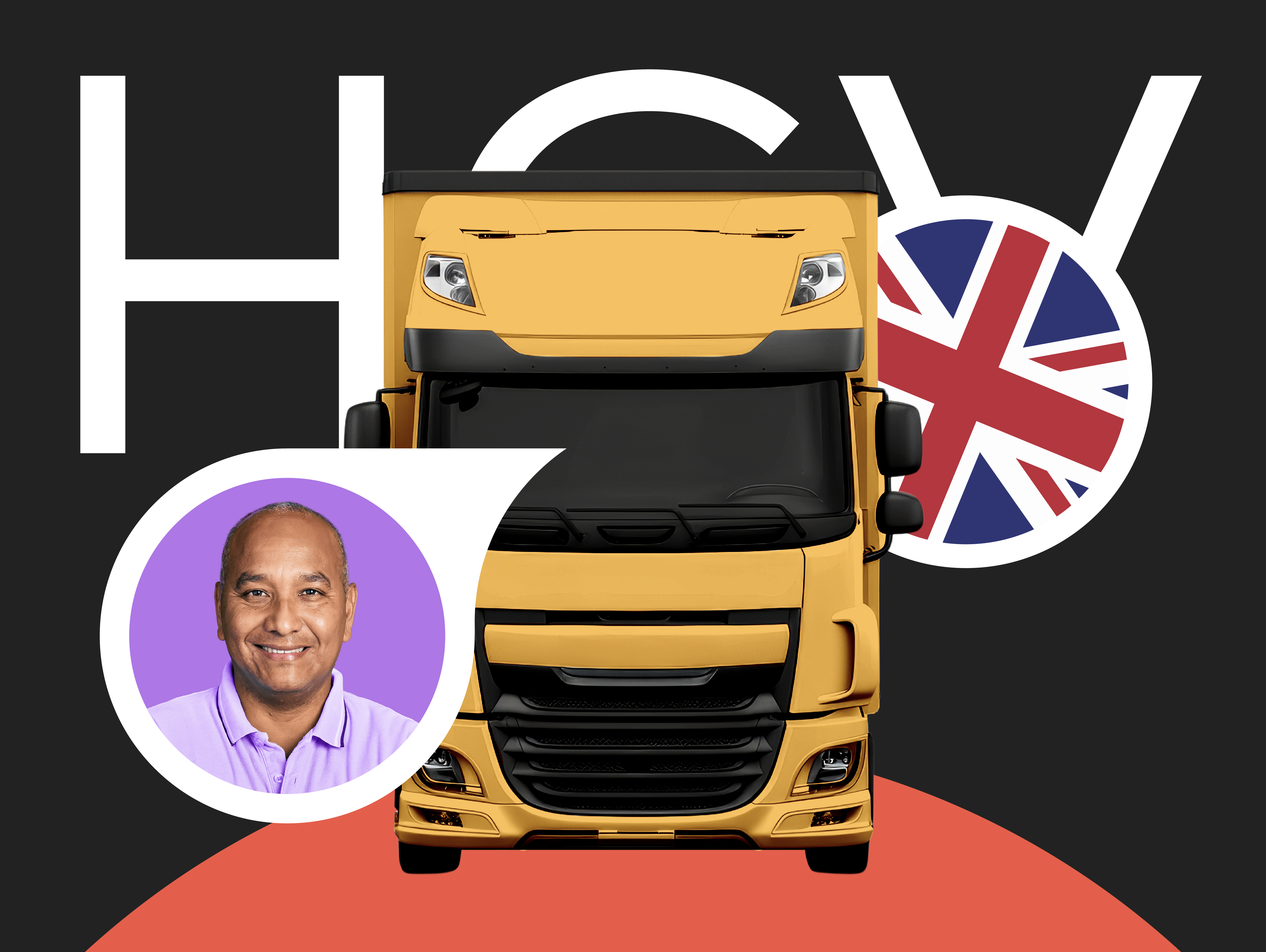

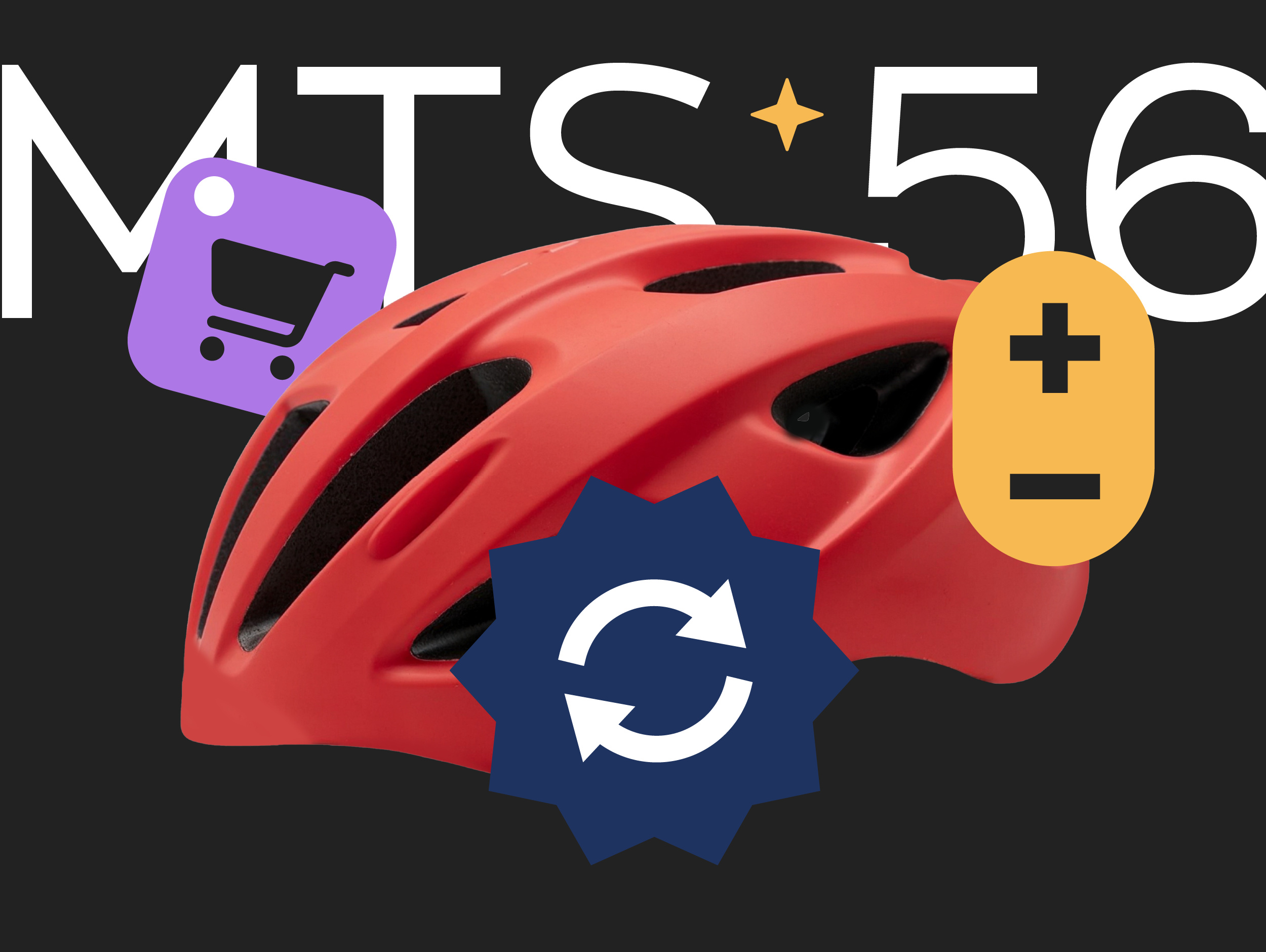
How to market my product.
Hey Varghese,
Great question! How you market your product depends on your target audience and business model. For example if you’re mainly dropshipping then you could consider posting content on social media platforms like TikTok and Instagram. You could even go as far as putting a little bit of money into ad spend to get more attention on your channels. You could also consider other strategies like blog posts, case studies, and email campaigns to nurture leads.
Now if you’re selling wholesale your strategy may change. Social media wouldn’t be as effective so you should think about doing things like going to conferences and trade shows, or connecting with businesses directly through cold email tactics.
I hope this helps!
Cheers,
Jared